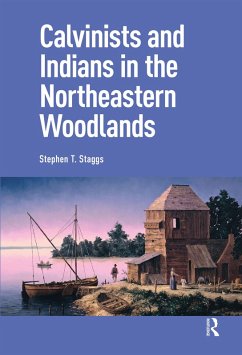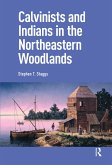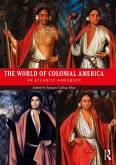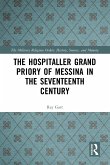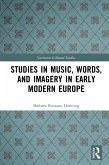In
Calvinists and Indians in the Northeastern Woodlands, Stephen T. Staggs analyzes the impact of the Dutch Reformation upon the cross-cultural relations between those living in and around New Netherland. Staggs shows that Native Americans and New Netherlanders hunted, smoked, ate, and drank together, shared their faith while traveling in a canoe, and slept in each other's bedrooms. Such details emerge in documents written by New Netherlanders like Megapolensis. Author of the most accurate account of the
Kanien'kehá:ka (Mohawks) by a Dutch Reformed minister, Megapolensis provides a window into the influence and limits of the Dutch Reformation upon the dynamic, multifaceted relationships that developed in the early modern Northeastern Woodlands.,Megapolensis came of age when Dutch Reformed theologians looked to the Bible to incorporate Indians into a Reformed worldview. In so doing, they characterized Indians as blind Gentiles to whom the Dutch were being called, by God, to present the gospel through the preaching of the Bible and the Christian conduct of colonists, which necessitated social interaction. This characterization ultimately informed the instructions given to those heading to New Netherland, raised expectations among the clergy and lay chaplains who served in the colony, and prefigured the reciprocal, intimate relationships that developed between Indians and New Netherlanders during the seventeenth and eighteenth centuries. 1. It is based on a variety of original Dutch sources that have been either ignored or underused in terms of Indian-Dutch relations. This, in turn, facilitates a more extensive, in-depth linguistic analysis that presents a new, more accurate translation and interpretation of early modern Dutch words, most notably the words "heidenen" and "wilden." As a result, crucial new insights are offered. 2. It juxtaposes and analyzes textual, visual, and material evidence in an interdisciplinary way, drawing on the fields of anthropology, archaeology, art history, cartography, ethnography, history, linguistics, psychology, and theology. In so doing, it expands our understanding of how Northeast Woodland Indians not only converted Europeans to their way of life, but also the crucial role they played in the survival and success of their European neighbors. 3. At once a quasi-biography, historical theology, and ethnohistory, it offers a narrative that extends beyond the conventional conclusion of the story of Indian-Dutch relations with the so-called fall of New Amsterdam in 1664.
Dieser Download kann aus rechtlichen Gründen nur mit Rechnungsadresse in A, B, BG, CY, CZ, D, DK, EW, E, FIN, F, GR, HR, H, IRL, I, LT, L, LR, M, NL, PL, P, R, S, SLO, SK ausgeliefert werden.

